Hey, everyone! Thanks a lot for viewing my profile. I graduated from BITS Pilani, Hyderabad Campus, with Majors in Electronics and Communication from Dept. of Electrical and Electronics Engineering. I am currently working as a Research Assistant at the Department of Aerospace Engineering, Indian Institute of Science. I work on unmanned aerial vehicles (UAVs) and my aim is to make these awesome flying machines more useful by making them autonomous and more reliable. My work revolves around computer vision, deep learning, system identification and brain-computer interface, where I attempt to develop computationally inexpensive algorithms for real time performance.
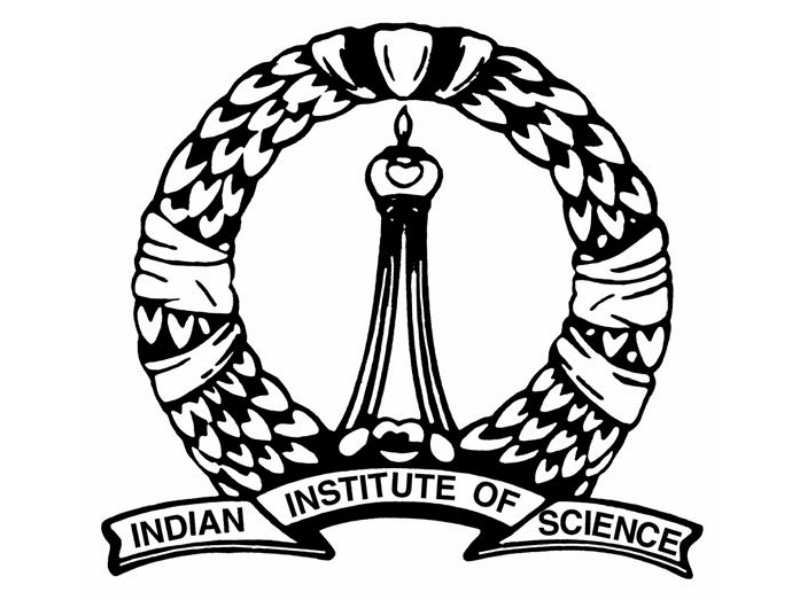
Designed and deployed a novel and robust real-time road navigation system for Unmanned Aerial Vehicles. Our algorithm takes 20 ms to process a frame and detect roads, which allows us to process 50 frames per second on ARM architecture. Moreover, the code uses only 16 MB of RAM and 540 MHz of CPU for computation. This makes it easy to deploy in less resourceful computational environments.
Developed an algorithm for collision avoidance in cluttered environments based an algo- rithm proposed earlier. Their approach estimates distances to nearest obstacle in various longitudinal stripes of the input image by using a weighted combination of texture features. We have closely studied their algorithm from a theoretical perspective and have identified various major and minor means to enhance the algorithm’s performance. We have validated the modifications incorporated into the original algorithm in a simulated environment as well as in actual autonomous flight experiments.
Designed a control methodology for maneuvering a delta-winged UAV using Common Spatial Paradigm (CSP) and Linear Discriminant Analysis (LDA) of the EEG signals and its implementation. These methods, with data processing rate of around 97 Hertz, provide a rapid classification platform for establishing a stable control link to the UAV and also achieve a high level of classification accuracy of 85%.
Deployed the prototype showing the control of the human brain interfaced directly with the drone

Designed and integrated a generic framework consisting of 4 (upgradable to 6) ultrasonic sensors to work with FlytPOD, a flight computer. The deisgn is backed by stereovision, which makes collision avoidance easier. The design is made from carbon fibre which provides a sturdier structure to the overall system. The sensor and Arduino holders are 3D printed.
Used PS4Eye camera, HC-SR04 ultrasonic sensors and Arduino/TIVA C Launchpad for real time stereovision based collision avoidance. The algorithm so developed is under improvement currently, as only 5 FPS was achieved.
Acheived stable flight and precise navigation in low density indoor and outdoor environments.
Designed a user-friendly GUI to allow control on Data Rate, Threshold and each Individual Sensor.

Worked with Embedded Systems team at the Data Logging Eqipment Lab
Implemented forwarding and backwarding features in the Data Logging System used by the Indian Railways, removed repeating data packets over the network
Learned basics of Industrial Embedded Systems, Power Systems & Data Redundancy as part of introductory training
Overall system efficiency improved by 19%

Designed a cheap, effective and easy to handle automatic ophthalmoscopic device that can detect diseases like cataract, myopia and hypermeteropia. Cost cutting done by an amount of 16K INR.
The eye imaging system is based on the red eye e ect, depending on the intensities of the red colour obtained in the image, useful information about the eye could be deduced.
Implemented at LV Prasad Eye Institute, this project was implemented at RedX 2015 in association with MIT Media Lab. The prototype has been tested on 25 patients till now.

Designed a prototype for the display board used in metro trains, displays basic information like speed, next station, etc
The design was implemented using 8051 uC, LCD board, AVR programmer, done in Keil uVision 4 environment.
Project was accepted for real time implementation at Lucknow Metro Rail Corporation, LMRC. Received 1L INR for the same.
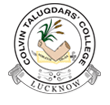
I was a teaching assistant for high school students. Prime tasks were problem setting and taking tutorial classes.
I taught fundamentals of Intermediate Physics and Mathematics with special focus on Differential Calculus, Fucntions in Mathematics and Kinematics and Electromagnetism in Physics.
I provided assistance to the students in clearing their competitive examinations like IIT-JEE and BITSAT, in which I had already excelled. I also recieved an appreciation certificate for my services.

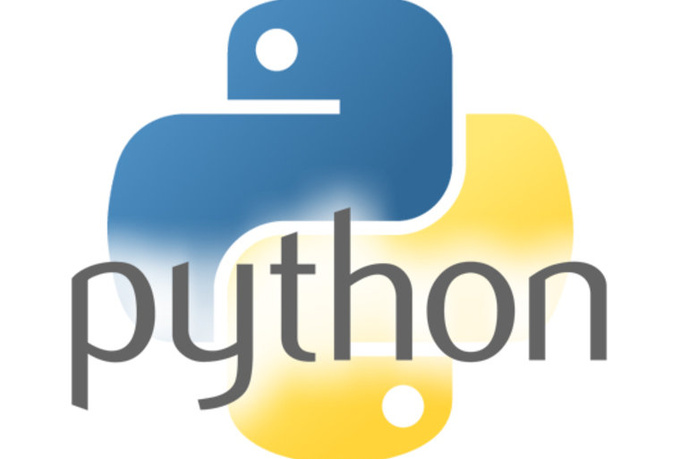
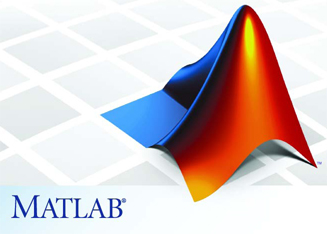






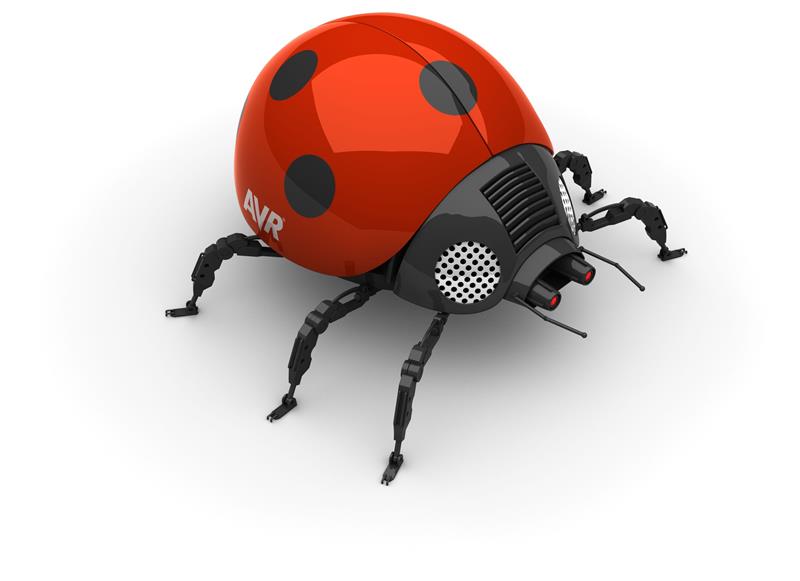


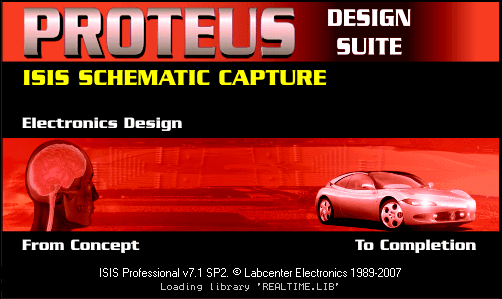
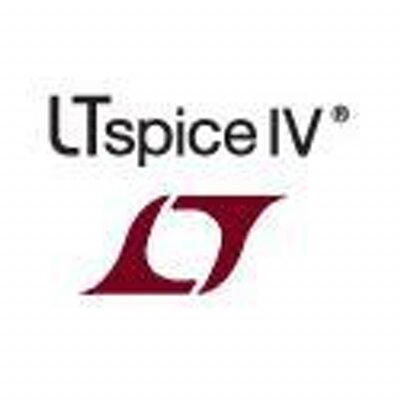








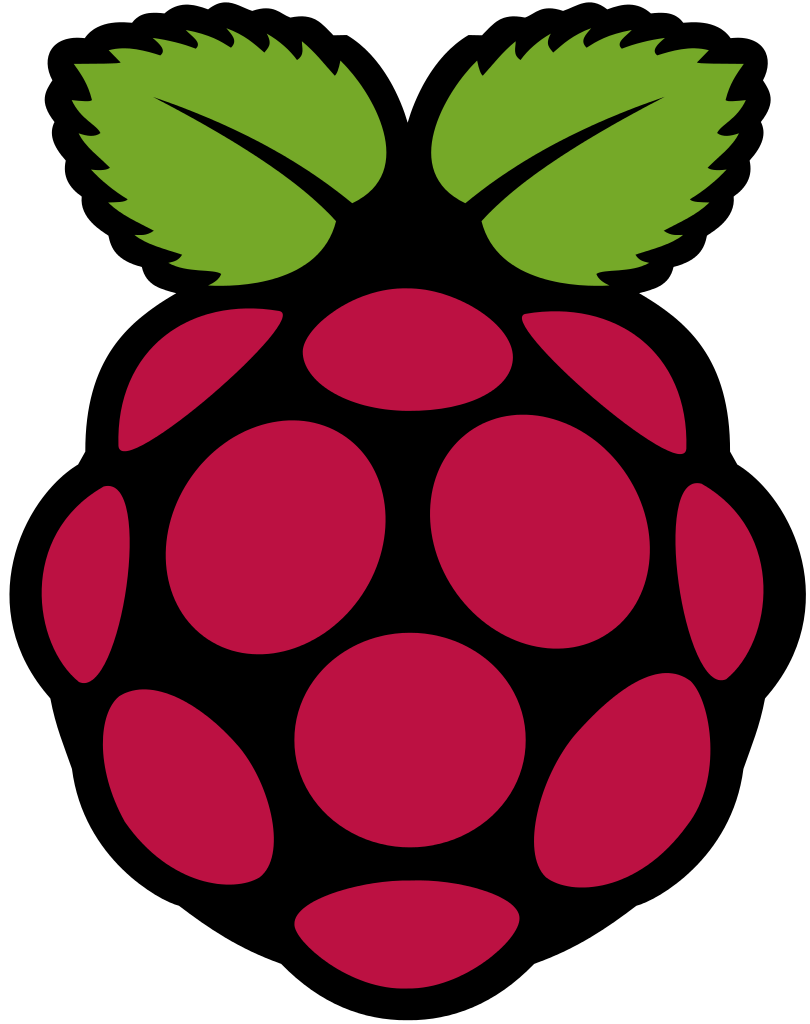





 Address
AddressUnmanned Aerial Vehicles Lab, Aerospace Engineering, Indian Institute of Science, Bangalore, Karnataka, India - 560012
 Phone
Phone(+91)-7730903488
 Email
Emailf2013114@hyderabad.bits-pilani.ac.in
kumaar324@gmail.com